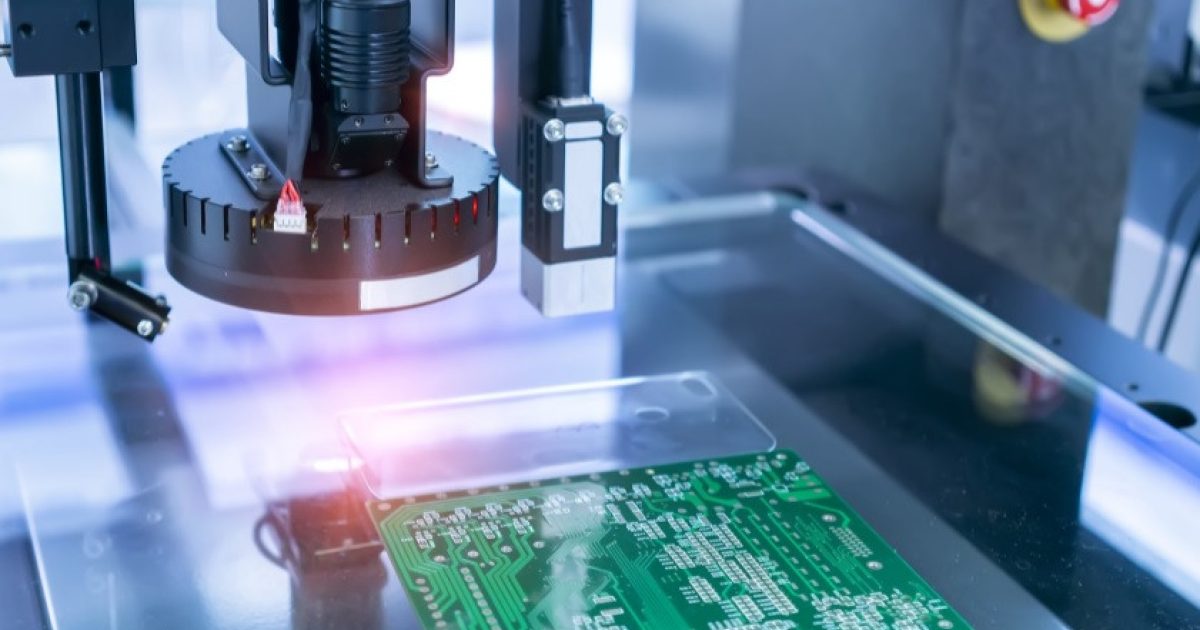In the realm of technology and computer science, the field of computer vision has seen significant growth and transformation in recent years. Among the various branches of computer vision, 3D vision systems stand out as a cutting-edge technology that has the potential to revolutionize various industries. These systems enable machines and robots to perceive and understand the three-dimensional world, much like humans do. In this article, we will delve into the world of 3D vision systems, exploring their fundamentals, advancements, and diverse applications. Amazon.com
Understanding 3D Vision Systems
At its core, a 3D vision system aims to replicate the human ability to perceive depth and spatial information from the surrounding environment. While 2D vision systems provide valuable information about the objects' positions in a 2D plane, 3D vision systems go beyond by capturing and processing data in three dimensions. They use a combination of hardware and software components to achieve this, with some of the key elements being:
- Sensors: 3D vision systems often employ sensors like stereo cameras, LiDAR (Light Detection and Ranging), structured light scanners, or time-of-flight cameras to capture depth information. These sensors emit signals or capture light reflections, allowing them to measure the distance between the sensor and objects in the environment.
- Algorithms: The captured data from sensors is processed using sophisticated algorithms. These algorithms analyze the differences in data from multiple viewpoints or exploit the time it takes for light to bounce back from objects, ultimately generating 3D point clouds or depth maps.
- Computational Power: The processing of 3D data requires significant computational power. Modern GPUs (Graphics Processing Units) and specialized hardware accelerators are often used to handle the computational demands of 3D vision systems.
Advancements in 3D Vision Systems
The rapid advancement of technology has led to several breakthroughs in 3D vision systems, making them more accurate, efficient, and affordable. Here are some notable advancements:
- High-Resolution 3D Scanning: Early 3D vision systems struggled with capturing fine details. However, recent advancements have enabled high-resolution 3D scanning, allowing for precise reconstructions of objects and environments.
- Real-time Processing: Real-time 3D data processing is now a reality, thanks to powerful hardware and optimized algorithms. This is crucial for applications where immediate decision-making is essential, such as autonomous vehicles and robotics.
- AI Integration: Machine learning and artificial intelligence have greatly enhanced 3D vision systems' capabilities. AI can help in object recognition, tracking, and even predicting object movements, making these systems more adaptable and intelligent.
- Miniaturization: Smaller and more compact 3D sensors are available today, making it easier to integrate them into various devices and applications. This miniaturization has opened up new possibilities in fields like augmented reality and medical imaging.
Applications of 3D Vision Systems
The applications of 3D vision systems are diverse and span across numerous industries. Here are some notable examples:
- Manufacturing and Quality Control: 3D vision systems are extensively used in manufacturing for quality control and inspection tasks. They can detect defects in products, measure dimensions with high precision, and ensure that manufacturing processes meet the desired standards.
- Robotics: Robots equipped with 3D vision systems can navigate complex environments, pick and place objects with accuracy, and collaborate safely with humans. This is crucial in industries like logistics, healthcare, and agriculture.
- Autonomous Vehicles: Self-driving cars rely heavily on 3D vision systems to perceive their surroundings. These systems help vehicles detect obstacles, pedestrians, and other vehicles, enabling safe and efficient autonomous navigation.
- Healthcare: In medical fields, 3D vision systems are used for surgical planning, image-guided surgery, and patient diagnosis. They can create detailed 3D models of organs and structures within the body, aiding in precise medical procedures.
- Virtual Reality and Augmented Reality: 3D vision systems are integral to the immersive experiences provided by virtual reality (VR) and augmented reality (AR) applications. They track the user's movements and surroundings, enhancing the sense of immersion.
- Archaeology and Cultural Heritage: Archaeologists and conservators use 3D vision systems to create digital replicas of artifacts, sculptures, and historical sites. This helps preserve cultural heritage and allows for detailed analysis without physical handling.
- Construction and Architecture: In construction and architecture, 3D vision systems aid in site analysis, building modeling, and project planning. They can accurately measure distances, volumes, and detect structural deviations.
Challenges and Future Prospects
Despite the remarkable progress, 3D vision systems still face challenges. Some of these include:
- Cost: High-quality 3D sensors and computing hardware can be expensive, limiting the accessibility of these systems to smaller businesses and projects.
- Data Privacy and Security: As 3D vision systems become more prevalent in public spaces and autonomous applications, concerns about data privacy and security arise. Regulations and safeguards need to be put in place.
- Environmental Factors: Adverse weather conditions, low light, or reflective surfaces can pose challenges for 3D vision systems. Ongoing research aims to improve their robustness in various conditions.
Looking ahead, the future of 3D vision systems is promising. Continued advancements in hardware and software will likely make these systems more affordable and accessible. Moreover, as industries continue to recognize their value, we can expect to see even more innovative applications emerge.
Conclusion
In the ever-evolving landscape of technology, 3D vision systems are emerging as a transformative force. They enable machines to perceive and interact with the three-dimensional world, opening up possibilities in manufacturing, robotics, healthcare, and many other fields. With ongoing advancements and a growing understanding of their potential, 3D vision systems are poised to play a pivotal role in shaping the future of technology and how we interact with our surroundings. Visit official website qviro.com

